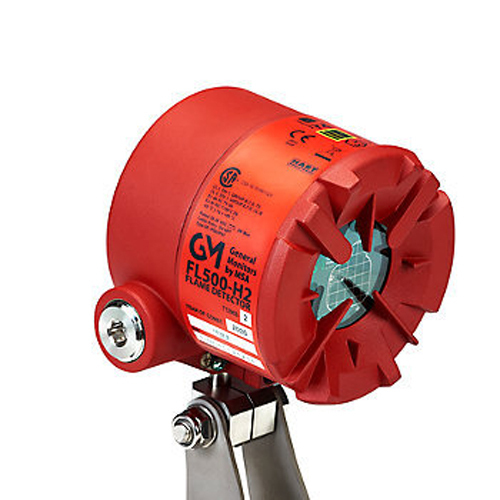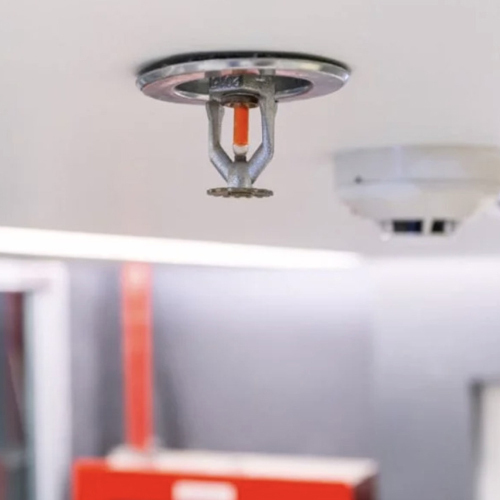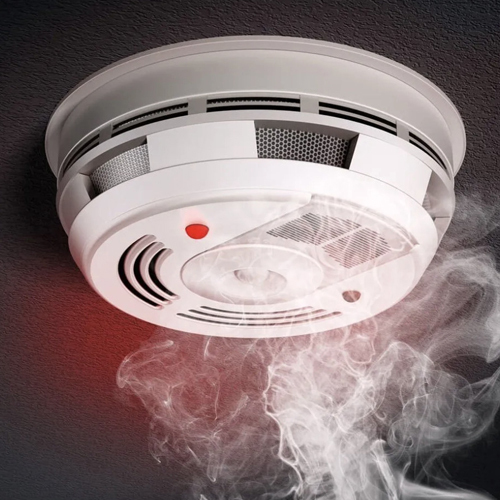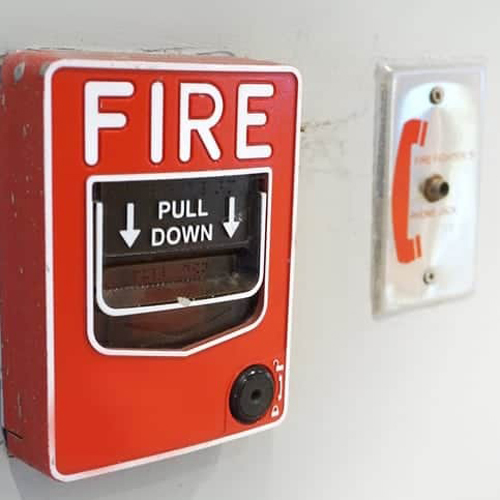Call us now
Flame Detector Installation Service
Product Details:
Flame Detector Installation Service Price And Quantity
- 11111.0 INR/Number
- 1 Number
Flame Detector Installation Service Trade Information
- 1
- Cash Against Delivery (CAD) Cash on Delivery (COD)
- 1 Number Per Week
- 1 Week
- Yes
- Contact us for information regarding our sample policy
- SERVICE
- Asia
- All India
- ISO
Product Description
This service involves the design, supply, installation, testing, and commissioning of a fire detection system. The system is intended to provide early warning in the event of a fire, facilitating rapid evacuation and fire response. The system will be designed to meet the highest standards of performance and comply with local fire safety regulations and international standards (e.g., NFPA 72, BS 5839).
Detailed Description of Services:
-
System Design & Engineering:
-
Site assessment to determine fire risks and optimal detector placement
-
Design of fire detection system based on building layout, fire load, and occupancy type
-
Selection of suitable detectors (e.g., smoke detectors, heat detectors, carbon monoxide detectors) based on environmental conditions and the buildings requirements
-
Design of wiring layout and integration with the fire alarm panel and other building safety systems (e.g., sprinklers, HVAC)
-
Compliance with fire safety regulations (local codes, NFPA 72, EN 54)
-
-
Material Supply:
-
Fire Alarm Control Panel (FACP): The central unit that monitors and controls all fire detection devices
-
Smoke Detectors: Photoelectric or ionization type, for detecting smoke in various environments
-
Heat Detectors: Fixed temperature or rate-of-rise type, for detecting abnormal heat levels
-
Manual Call Points (MCPs): For manual triggering of the alarm
-
Sounders & Visual Alarms: Sirens, bells, strobe lights, and other alarm devices to alert occupants
-
Other Devices: Interface modules, flow switches, relays, and detectors as required for system integration
-
-
Installation:
-
Mounting of detectors in compliance with manufacturer guidelines and fire safety codes (smoke detectors on ceilings, heat detectors in specific areas)
-
Wiring and cabling to connect all devices to the Fire Alarm Control Panel (FACP)
-
Installation of sounders, bells, and visual alarms in designated locations for optimal audibility and visibility
-
Power backup systems (batteries or emergency power supply) to ensure system operation during power outages
-
Integration with other fire protection systems, such as sprinklers or smoke control systems, for coordinated response
-
-
Testing & Commissioning:
-
System testing to ensure all detectors are operational and communicating with the fire alarm panel
-
Functional testing of smoke and heat detectors to verify accurate fire detection
-
Alarm system testing to ensure sounders and visual alarms activate as required
-
System calibration (if required) to adjust sensitivity and response time of detectors
-
Verification of backup power systems to ensure reliable operation during power outages
-
Final commissioning of the system with full functional checks, including a simulated fire test to confirm system performance
-

Price:
- 50
- 100
- 200
- 250
- 500
- 1000+
Other Products in 'Fire Safety Installation Service' category







 Send Inquiry
Send Inquiry Send SMS
Send SMS